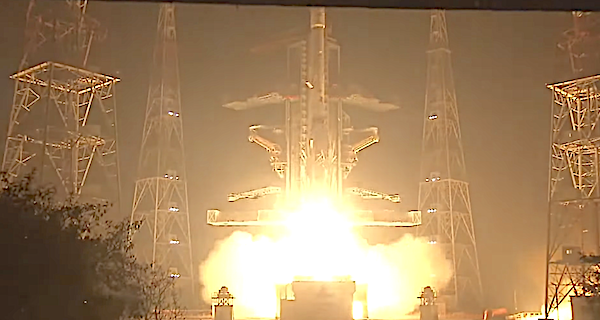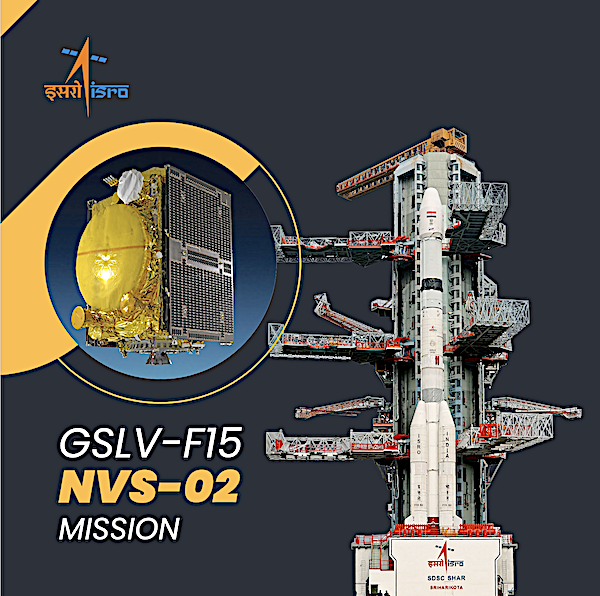
After the Indian Space Research Organisation successfully launched their GSLV-F15 carrying the NVS-02 on Wednesday morning, ISRO Chairman, V Narayanan added that the 100th launch is a significant milestone of India space program.
“Our Space program was conceived and started by a visionary leader Vikram Sarabhai and taken forward by a generation of leaders. Till today, we have developed six generations of launch vehicles. The first launch vehicle was developed under the guidance of Satish Dhawan with APJ Abdul Kalam as the project director in 1979. From that till today, including today’s launch, we have accomplished 100 launches,” he added.
The ISRO Chairman also highlighted that over these launches, they have lifted 548 satellites to orbit and a total of 120 tons of payload including 23 tons of 433 foreign satellites.
“This launch site has witnessed several significant milestones of the Indian Space programme including three Chandrayan missions, the Aditya L-1 mission, the Mars orbit mission, the Space Capsule Recovery Experiment (SRE) mission etc. I salute all the previous generation of previous leaders, our present and past employees, our partners and our family for their hard work and dedication,
“Let me also express our sincere gratitude to the political leadership for their encouragement and support throughout the space program,” he added.
ISRO’s launch of IRNSS-1K (NVS-02) for alternative GPS scheduled for Tuesday

Indian Space Research Organization will launch on Tuesday, January 28, at 4:53 PM PST, from Satish Dhawan Space Centre, India.
The forecast calls for a temperature of 78°F, overcast clouds, 100% cloud cover and a wind speed of 10mph.
This is a replacement satellite for the Indian Regional Navigation Satellite System. The constellation will provide India with an alternative to GPS and will be used for military and civilian use. Located at a geosynchronous orbit, the system will be operated by the Indian government.
Indian Research IRNSS-1K (NVS-02) launch Tuesday

Indian Space Research Organization will launch on Tuesday, January 28, at 4:53 PM PST, from Satish Dhawan Space Centre, India.
This is a replacement satellite for the Indian Regional Navigation Satellite System. The constellation will provide India with an alternative to GPS and will be used for military and civilian use. Located at a geosynchronous orbit, the system will be operated by the Indian government.
GSLV-F15 is the 17th flight of India’s Geosynchronous Satellite Launch Vehicle (GSLV) and 11th flight with Indigenous Cryo stage. It is the eighth operational flight of GSLV with an indigenous Cryogenic stage and 100th launch from the India’s Spaceport Sriharikota.GSLV-F15 payload fairing is a metallic version with a diameter of 3.4 meters.
The GSLV-F15 with indigenous Cryogenic stage will place NVS-02 satellite into a Geosynchronous Transfer Orbit & the launch will take place from the Second Launch Pad (SLP) at Satish Dhawan Space Centre, SHAR.
Navigation with Indian Constellation (NavIC) is India’s independent regional navigation satellite system designed to provide accurate Position, Velocity and Timing (PVT) service to users in India as well as to region extending about 1500 km beyond Indian land mass.
NavIC will provide two types of services, namely, Standard Positioning Service (SPS) and Restricted Service (RS). NavIC’s SPS provides a position accuracy of better than 20 m (2σ) and timing accuracy better than 40 ns (2σ) over the service area.
